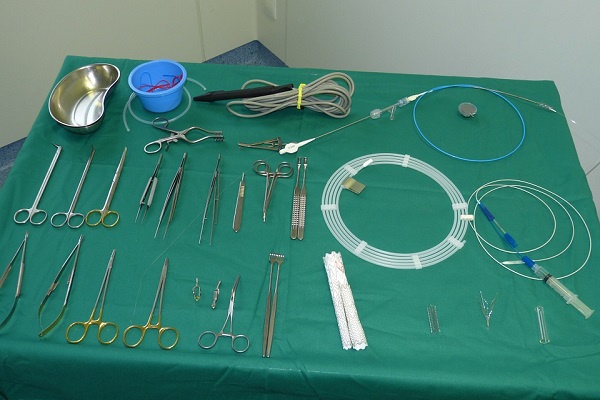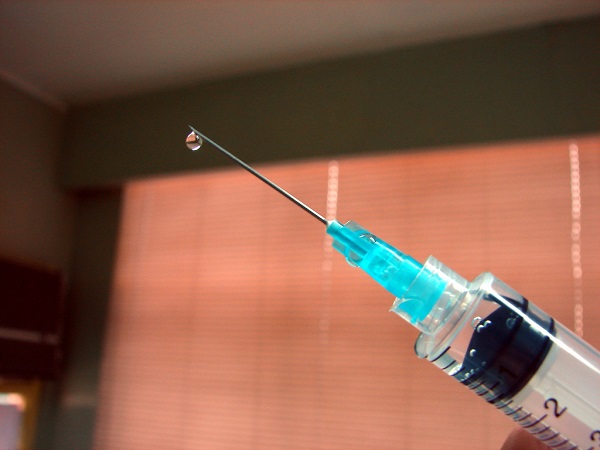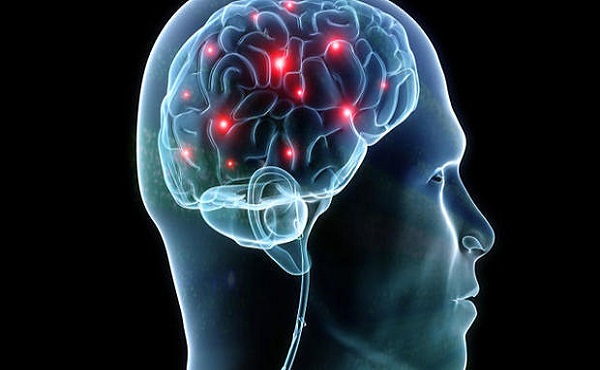If you are afraid of the flu, it makes perfect sense to go and get vaccinated against it. However, a new research found there are cases when a flu shot works better. Scientists discovered the shot was more effective if people were in a good mood when they got vaccinated. This was the most powerful factor which influenced the shot, as it worked better than good sleep, exercise, or proper diet.
The flu shot works better for younger people
Researchers have observed how the flu shot works for older patients between 17 and 53 percent of the cases. In contrast, the vaccine is more effective in younger people, since it works in almost 90 percent of the cases. Therefore, they wanted to see what makes it work better for younger people, and how they could use this to increase its efficacy for older people.
They started monitoring a group of 138 older people six weeks before getting their vaccines. Among the things they looked at, there were these people’s sleep patterns, diet, exercising schedule and, finally, mood. Then, after they got the flu shot, researchers kept monitoring the levels of antibodies they produced 16 weeks after the vaccination.
Being in a good mood increases the production of antibodies
They were surprised to discover only one of these factors actually had an impact on the effectiveness of the flu shot, namely the mood. Those participants who had been in a good mood for most of the six-week period prior vaccination produced more antibodies. Also, being in good spirits when getting the shot increased the antibody levels even more.
However, it’s hard to say that good mood was definitely the thing which increased effectiveness. There are many factors which make the flu shot work, and a stronger immune system might be among them. Even so, being positive when you get the vaccine would definitely not hurt. All the details of the study have been published in the journal Brain, Behavior, and Immunity.
Image Source: Freestockphotos.biz










